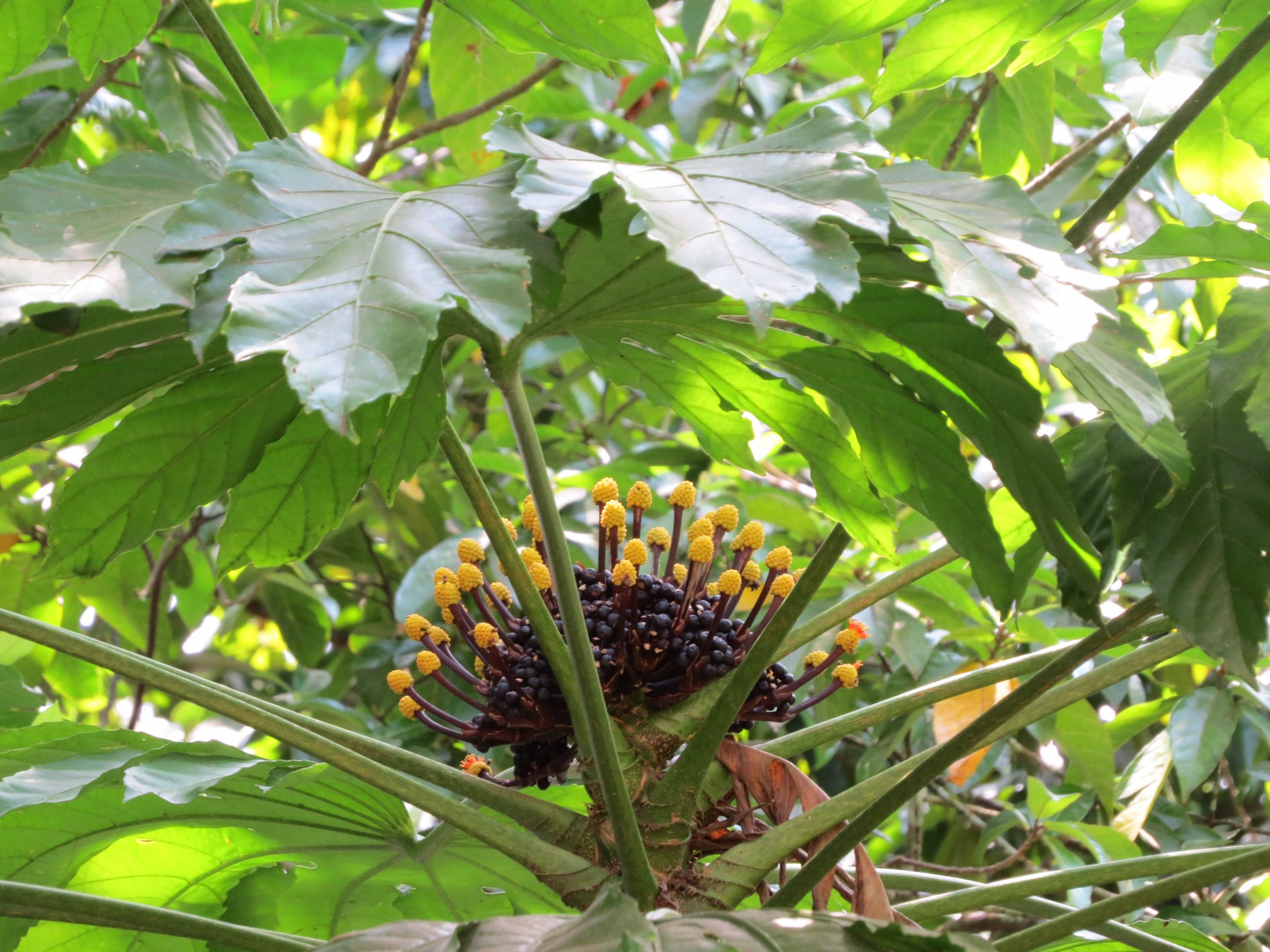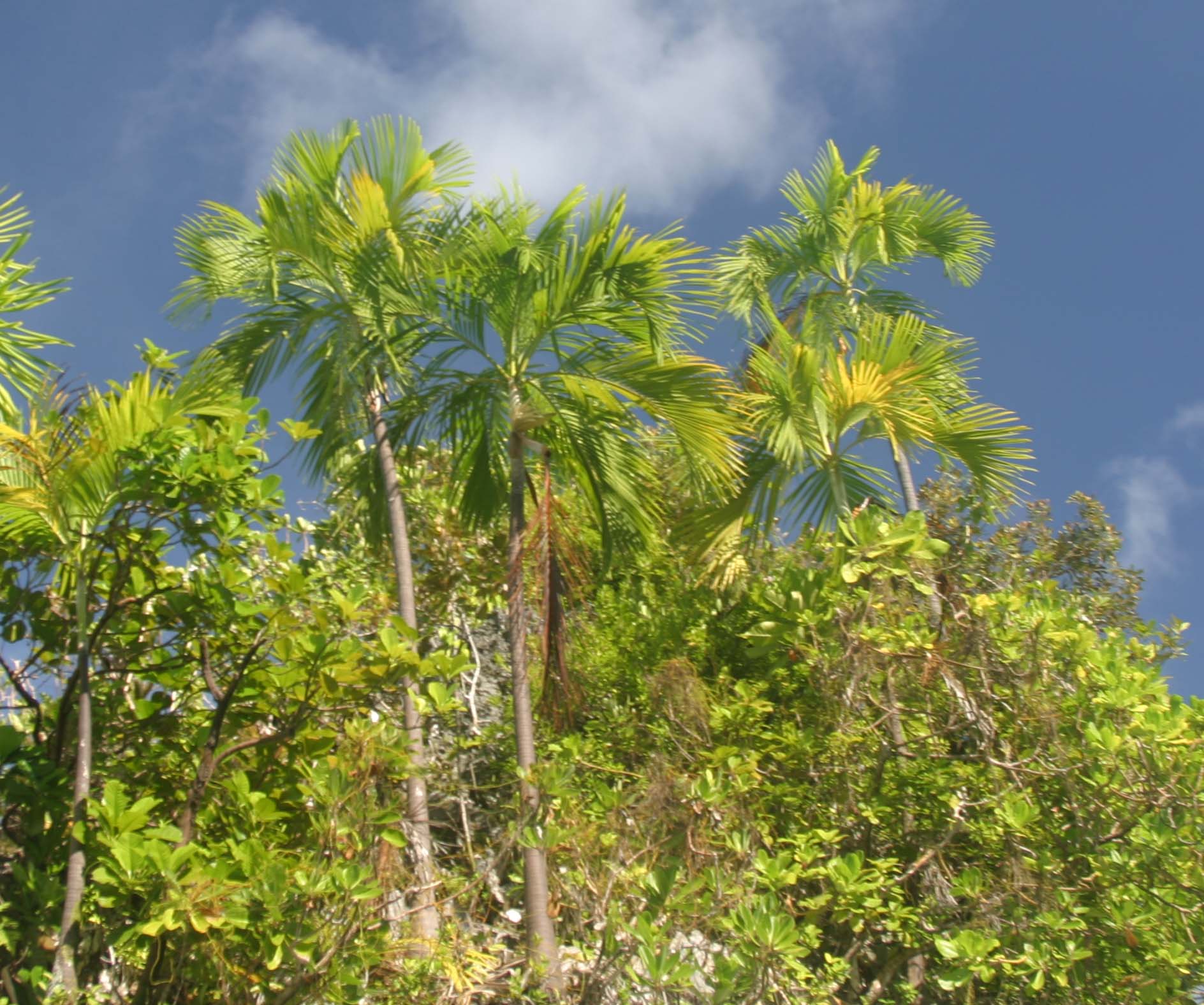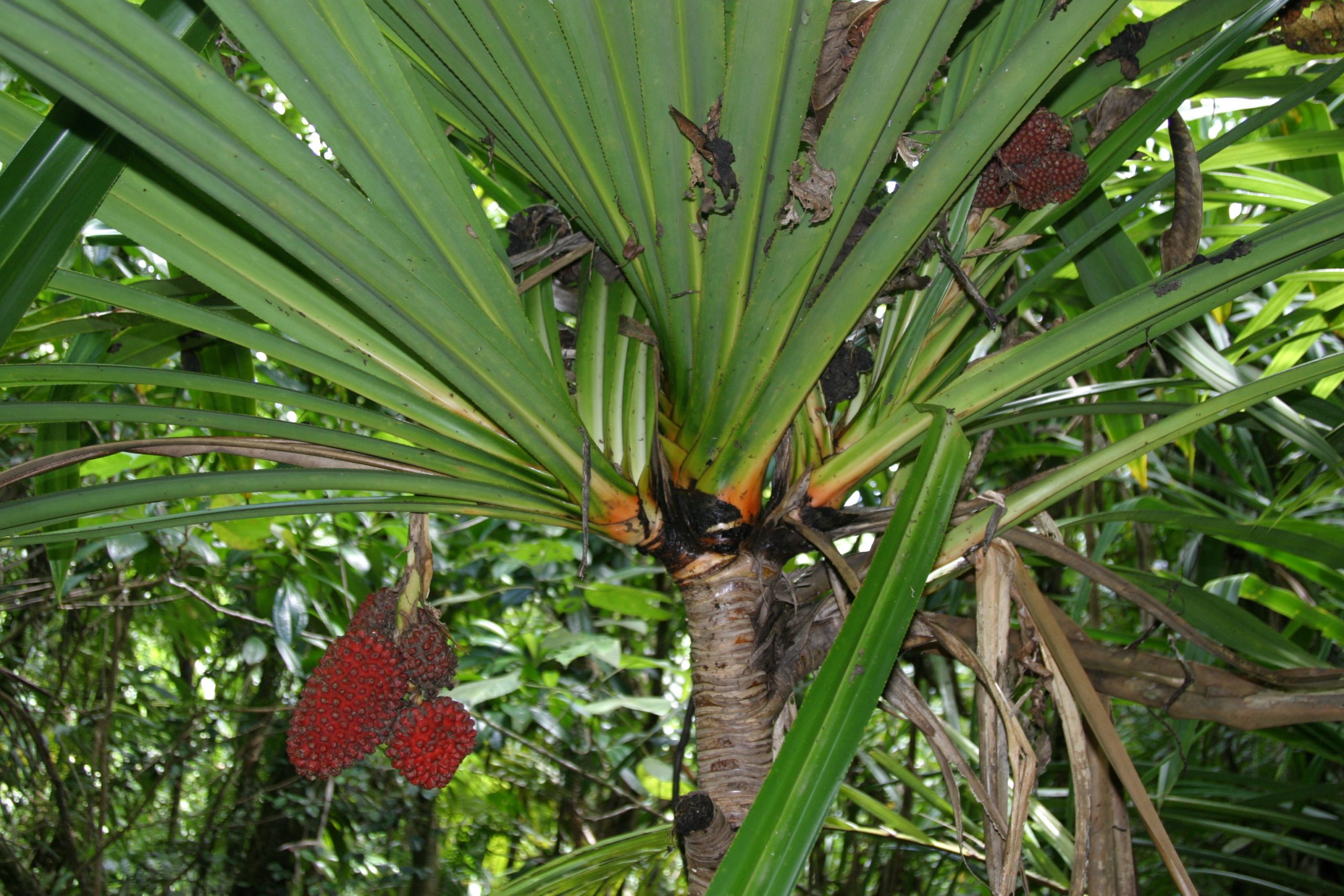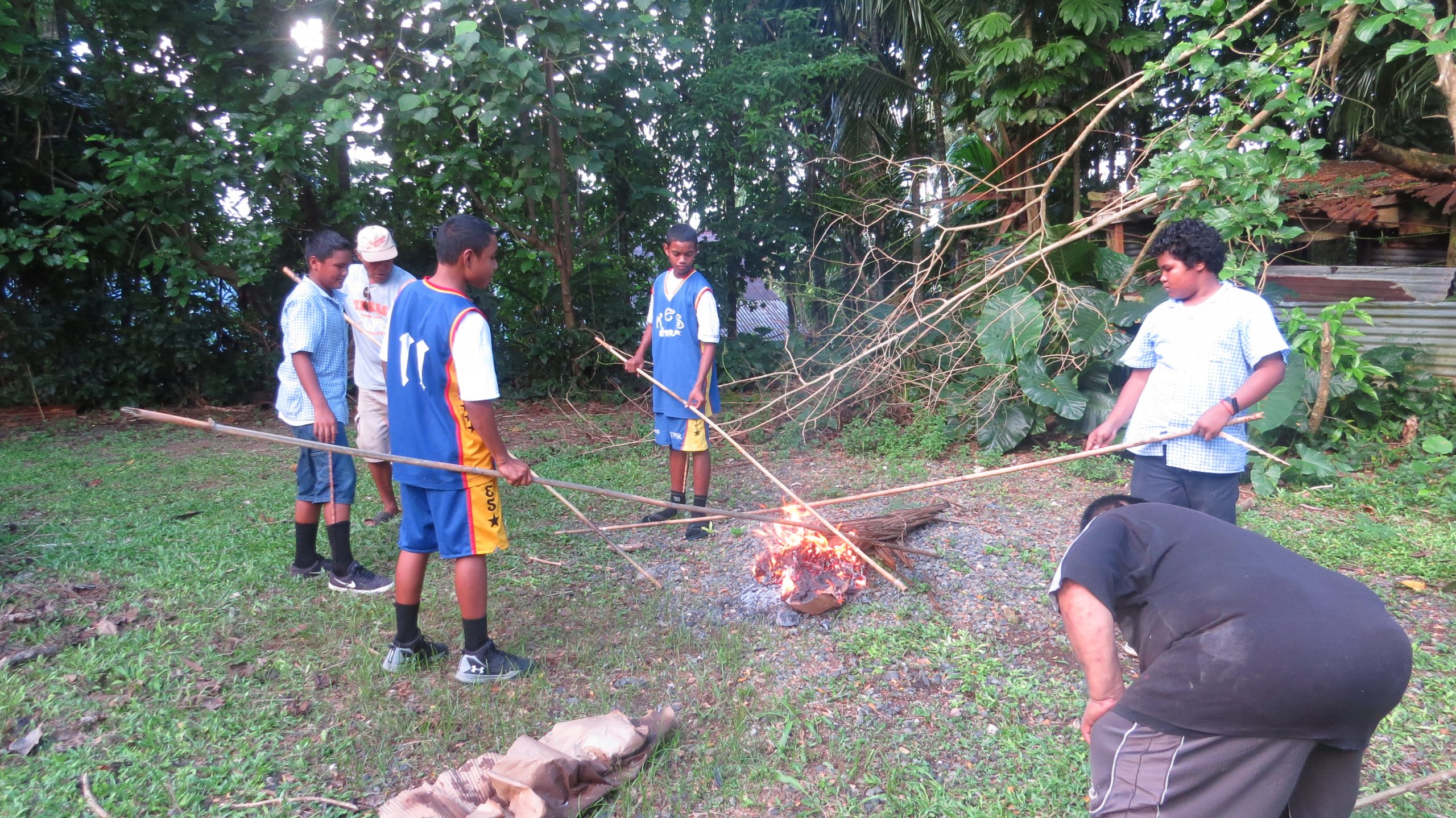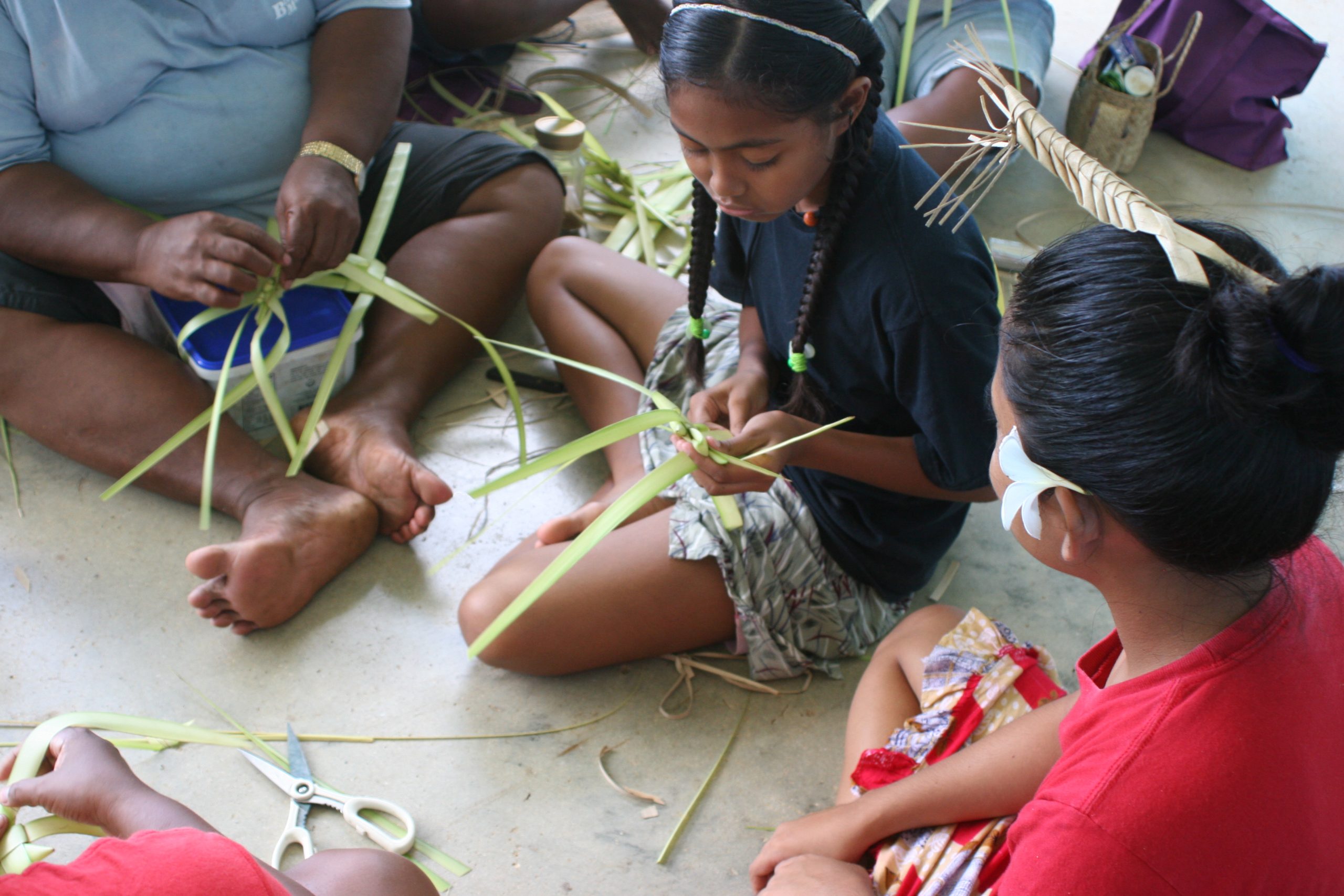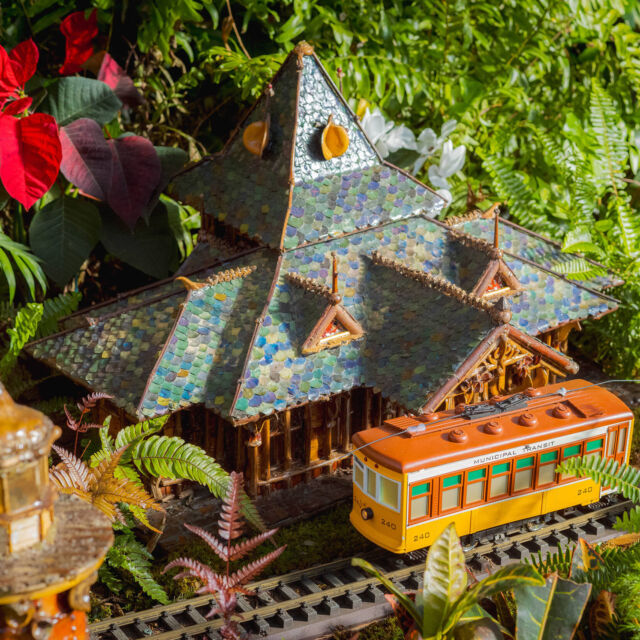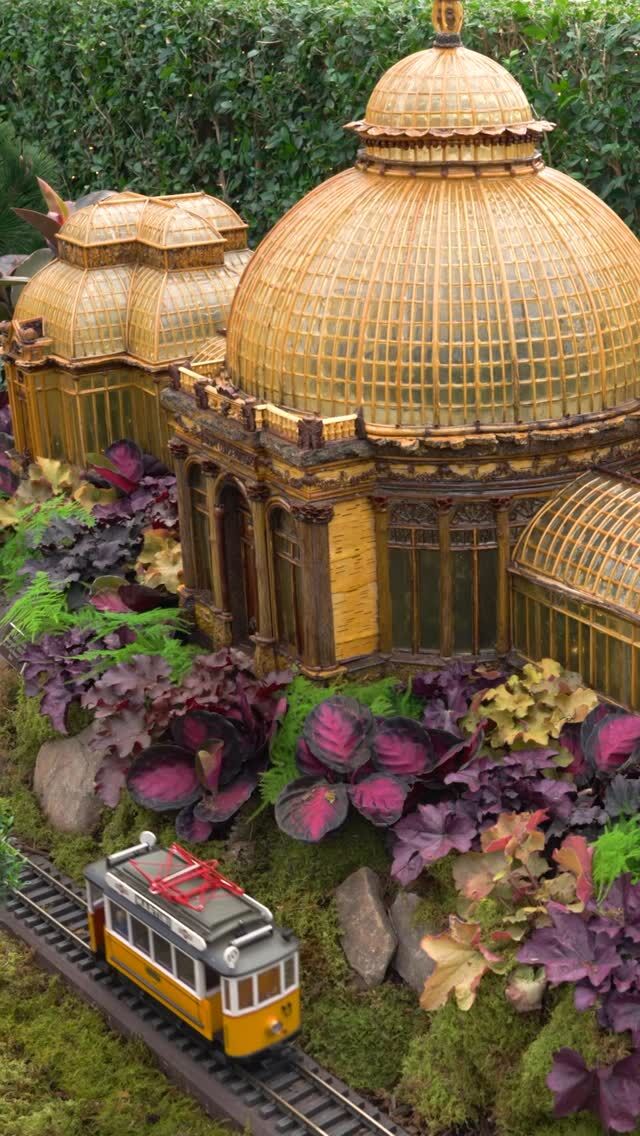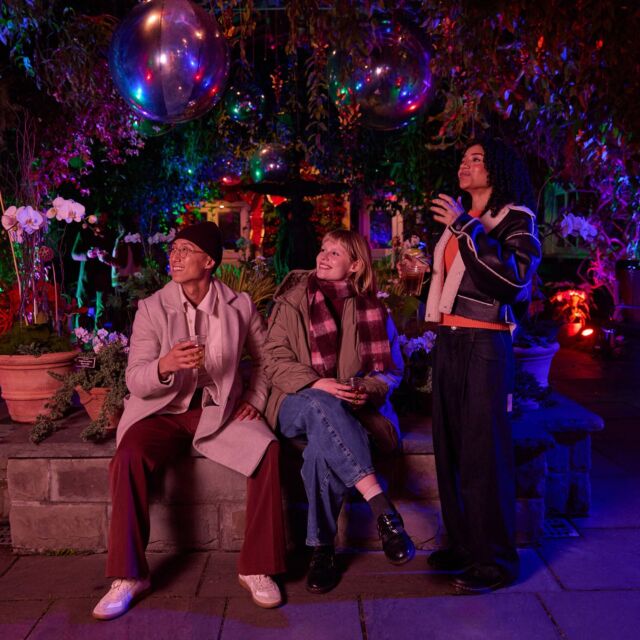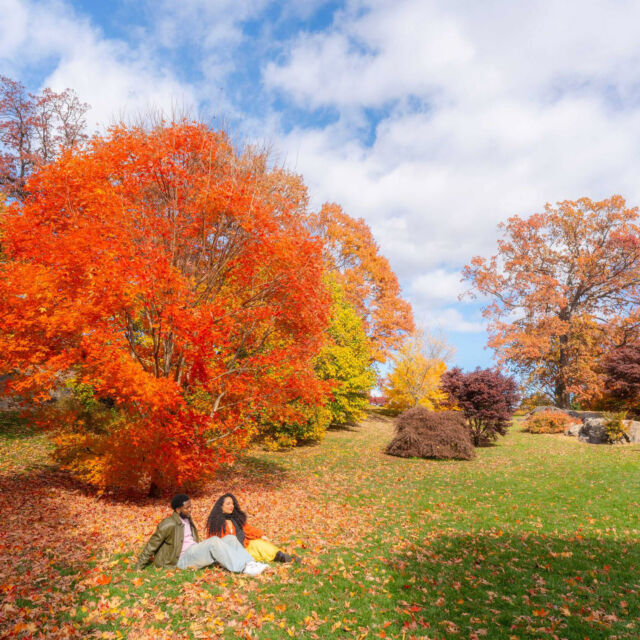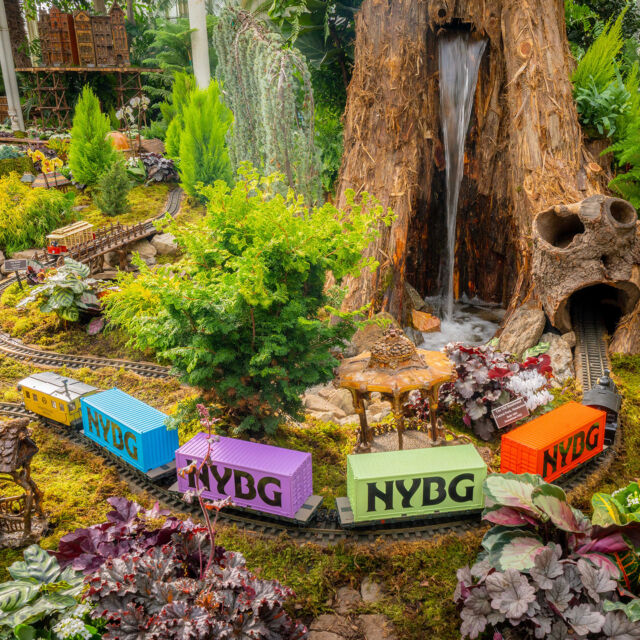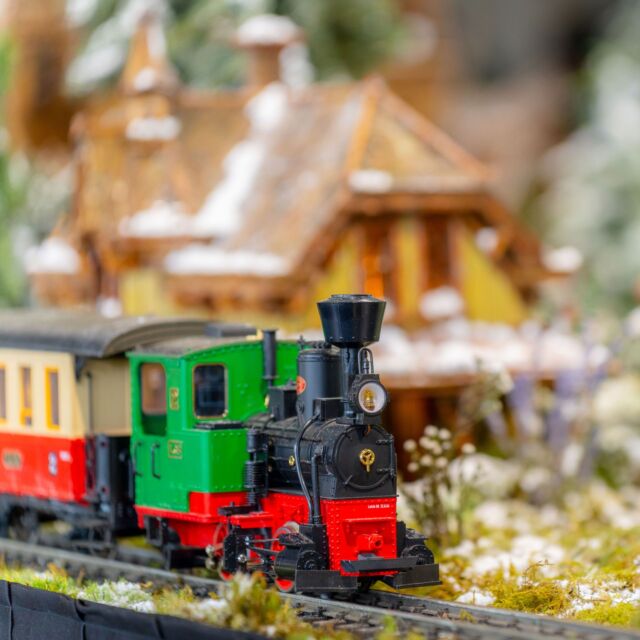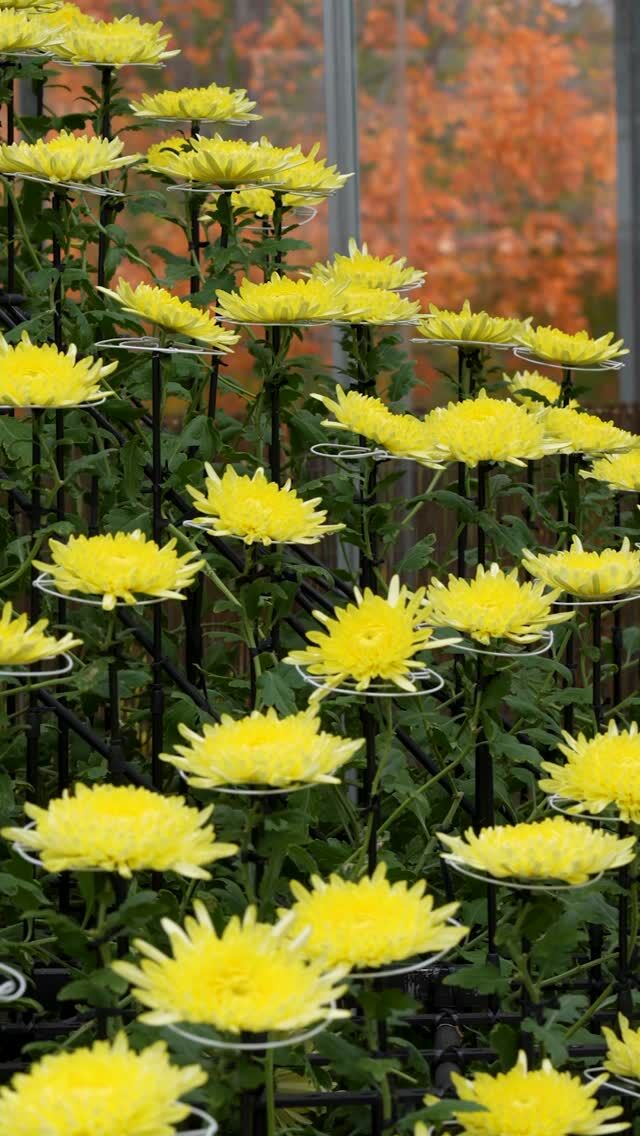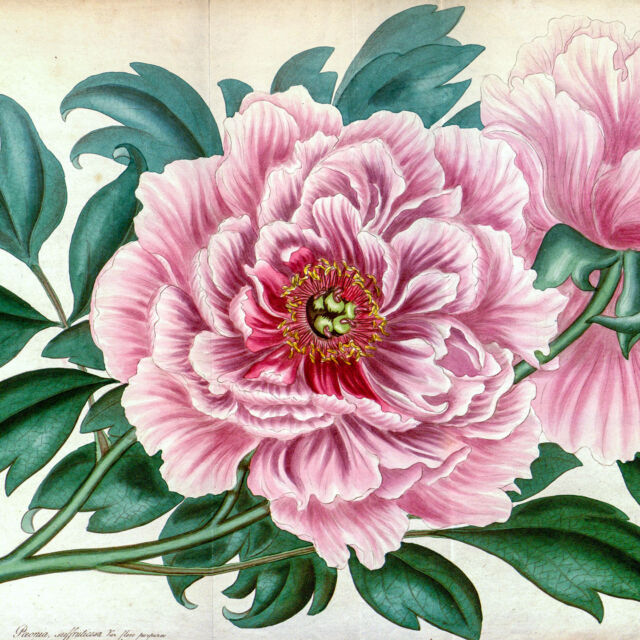Now Available: Two Volumes on the Plants, People, and Culture of Palau in Micronesia
Michael J. Balick, Ph.D. is Vice President for Botanical Science and Director and Philecology Curator of the Institute of Economic Botany at The New York Botanical Garden.
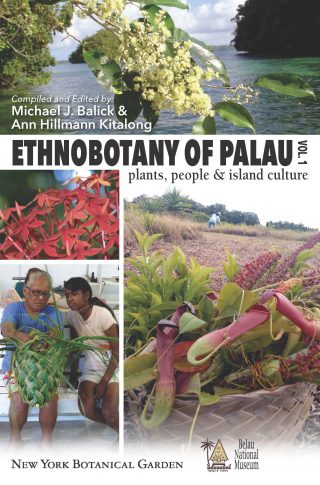 The New York Botanical Garden’s scientific research program focuses on a number of areas of botanical importance around the world where plant and fungal diversity is high but often threatened. In these areas, Botanical Garden scientists are actively working to document and conserve this biological treasure. One of the areas of focus is the Pacific Island region known as Oceania, which currently includes field sites in Micronesia and Melanesia. The just-released Ethnobotany of Palau: Plants, People and Island Culture is a two-volume series published by The New York Botanical Garden (NYBG) and the Belau National Museum that examines the relationship of plants, people, and traditional culture in the Republic of Palau in Micronesia. Palau is a place where cultural traditions are still intact, including respect for the environment, a value foundational to Palauan society.
The New York Botanical Garden’s scientific research program focuses on a number of areas of botanical importance around the world where plant and fungal diversity is high but often threatened. In these areas, Botanical Garden scientists are actively working to document and conserve this biological treasure. One of the areas of focus is the Pacific Island region known as Oceania, which currently includes field sites in Micronesia and Melanesia. The just-released Ethnobotany of Palau: Plants, People and Island Culture is a two-volume series published by The New York Botanical Garden (NYBG) and the Belau National Museum that examines the relationship of plants, people, and traditional culture in the Republic of Palau in Micronesia. Palau is a place where cultural traditions are still intact, including respect for the environment, a value foundational to Palauan society.
Based on a decade of field studies that began in 2007, Ethnobotany of Palau builds on prior studies of the Palauan flora and emphasizes the biocultural diversity and wisdom of the Palauan people and their environment. The research presented in these volumes includes studies of botany, traditional uses of plants, resource management, phytochemistry, conservation and other topics intended to help support “cultural memory” for the people of Palau and the generations who will follow. Ethnobotany of Palau is the most significant contemporary work of its kind on the biocultural diversity of Palau, resulting from the collaboration and partnership of NYBG, the Belau National Museum, National Tropical Botanical Garden, and other institutions, communities, and civic groups involving more than 75 people—plant collectors, local experts, and ethnobotanical contributors. Ann Hillmann Kitalong, Ph.D., Manager of the Natural History Section of the Belau National Museum, and I are the compilers and editors of these two volumes.
- Osmoxylon truncatum, an endemic species found only in Palau that is studied by NYBG’s Dr. Greg Plunkett and has significant cultural uses
- Hydriastele palauensis, an endemic species of palm from the Rock Islands that is important in Palauan mythology
- Pandanus macrojeanneretia, an endemic species used for medicinal purposes
- Learning how to use the heat of a fire to straighten the stems of Schizostachyum lima to make traditional fishing spears
- Learning to make traditional children’s toys from leaves of Pandanus
Volume 1 contains an introductory chapter on Palau and its environment, followed by a study of human impact on the landscape; the role of plants throughout Palauan life, from birth to death; the Bai, a structure where men in a village meet that is essential to Palauan culture; the relationship of people to the ocean that surrounds them; the importance of dait (Colocasia esculenta), a plant key to sustaining Palauan culture; the importance of traditional medicine; and ethnomedical and phytochemical studies of Palauan plants.
Volume 2 is designed as a backpack-friendly field guide, a compendium of information on local uses of plants with an updated checklist of the vascular plants of Palau.
Both volumes are richly illustrated with images of plants and their cultural uses. They are available individually or as a set online and in person at NYBG Shop.
SUBSCRIBE
Enter your email address to subscribe to this blog and receive updates on new posts.
